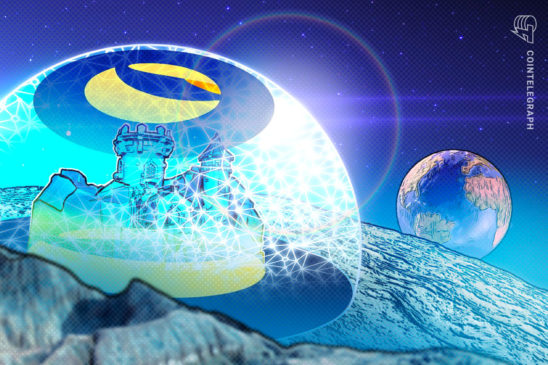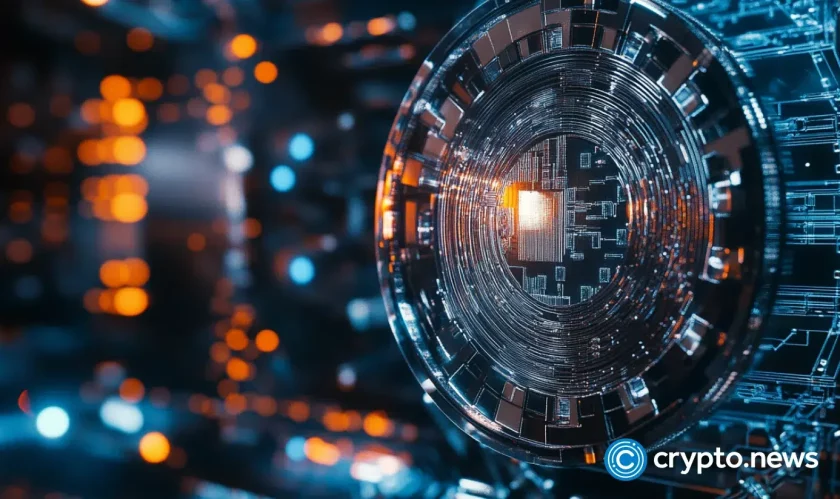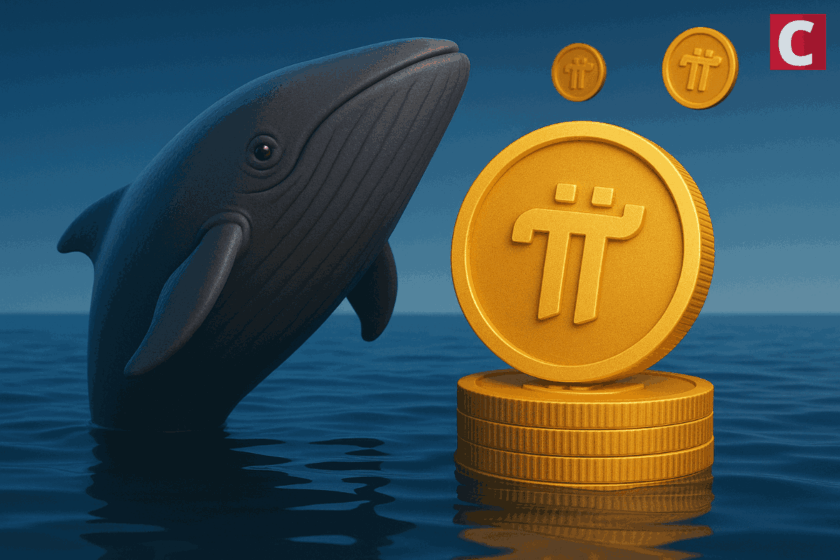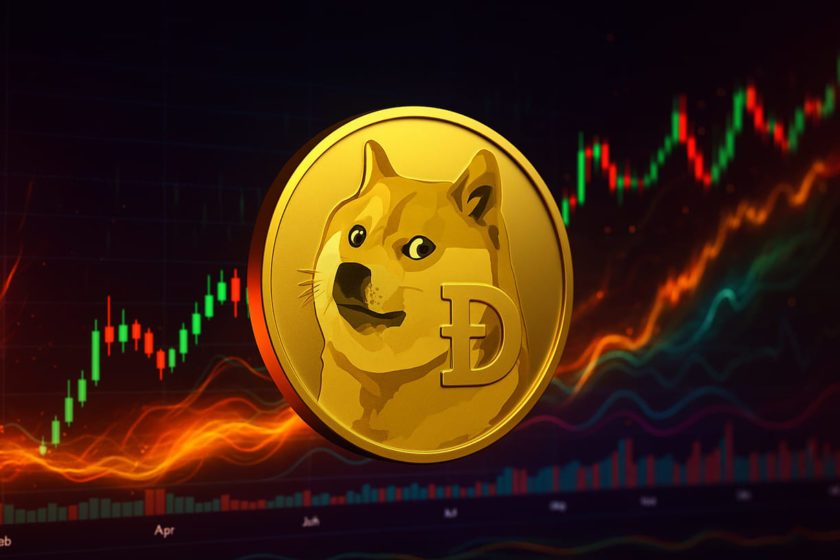Ethereum co-founder Vitalik Buterin thinks that the beleaguered Terra (LUNA) project should prioritize small hodlers as part of any proposed reimbursement plan.
As widely reported, the Terra eco-system suffered a death spiral around May 9 which resulted in LUNA tanking 100% and the Terra USD (UST) stablecoin losing its USD peg (priced at $0.16 at time of writing).
With LUNA and UST investors reeling from substantial losses, the community is now looking at ways to reestablish the ecosystem and potentially offer relief to the many people who got burned financially.
One such community proposal — assuming the UST dollar peg is eventually stabilized — is to first reimburse all of the initial deposits (not yield) of small UST holders to “greatly improve general morale and sentiment” while figuring out how to sort creditors and larger investors later. The payout is estimated to cost between $1 billion to $1.5 billion.
Buterin showed support for the idea via Twitter on May 15, noting that the focus should be on the smaller investor who needs the money, before going a step further by suggesting that the whale hodlers should cop the loss:
“Coordinated sympathy and relief for the average UST smallholder who got told something dumb about ‘20% interest rates on the US dollar’ by an influencer, personal responsibility and [sorry for your loss] SFYL for the wealthy.”
While the Ethereum co-founder didn’t explicitly call for regulation, he did highlight that potential cover such as financial deposit insurance could be useful in these circumstances.
“An interesting unrelated one is Singapore employment law. Stronger regulation for low-earning employees, and a more figure-it-out-yourself approach for the wealthier. IMO things like this are good hybrid formulas” he said.
The obvious precedent is FDIC insurance (up to $250k per person)
An interesting unrelated one is Singapore employment law. Stronger regulation for low-earning employees, and a more figure-it-out-yourself approach for the wealthier.
IMO things like this are good hybrid formulas. pic.twitter.com/25XkfE8UVc
— vitalik.eth (@VitalikButerin) May 14, 2022
At this stage, it is unclear if the project will be able to rebuild, or if it will aim for a temporary resurgence to recoup investor losses, however difficult that may be. It is also worth noting that the proposal relating to Buterin’s comments was updated over the week, and is now weighing up paying out all users up to a per-wallet cap of $50,000.
Related: Buterin donates $4M to Uni of NSW for pandemic detection tool
Another idea being floated around online is to develop a hard fork upgrade for the Terra blockchain dubbed “TERRA 2”, while also launching a liquidity pool to bring UST back to its peg.
Binance founder and CEO Changpeng Zhao slammed this notion over the weekend, however, noting on Twitter that “forking does not give the new fork any value. That’s wishful thinking.”
Prior to the LUNA and UST crash, the Luna Foundation Guard held around $2.7 billion worth of Bitcoin (BTC), and in reference to the pool idea to rebuild UST, CZ also questioned “where is all the BTC that was supposed to be used as reserves?”
Personal opinion. NFA.
This won’t work.
– forking does not give the new fork any value. That’s wishful thinking.
– one cannot void all transactions after an old snapshot, both on-chain and off-chain (exchanges).Where is all the BTC that was supposed to be used as reserves? https://t.co/9pvLOTlCYf
— CZ Binance (@cz_binance) May 14, 2022
Terraform Labs founder Do Kwon — who resurfaced online late last week — has also proposed a reconstitution of the Terra blockchain to reset “network ownership” and distribute 1 billion LUNA tokens to the community.
Kwon’s proposed “Terra Ecosystem Revival Plan” however has seen strong pushback from popular figures in the crypto community such as Dogecoin co-founder Billy Markus, who has called for Kwon to leave the sector and also noted:
“If they wanna pay off the victims of their dumbass failed protocol, instead of using new money from new victims, they should use the money they already funneled from investors to pay them back.”



